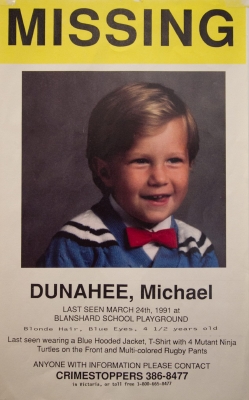After more than a year, less than one-third of eligible customers have successfully enrolled in the Ontario Electricity Support Program, according to data obtained from the Ontario Energy Board.
An estimated 570,000 low-income customers are eligible for the province’s flagship energy assistance fund – a program the government has spent more than $12 million advertising – but only 163,000 of these customers were registered as of Nov. 30.
“We continue to receive approximately 3,000 applications per week,” said Karen Evans, a spokesperson for the OEB. “Once the completed application and signed consent form has been received from the applicant, it typically takes less than four weeks to confirm eligibility.”
But with only 258,000 total applications processed, it could take as long as two years before all eligible customers are registered – and that’s assuming everyone who applies is accepted.
“If everyone truly had the best interest of low-income customers at heart, they’d be working with community agencies to find a way to get the resource – the OESP grant – to the people who need it most,” said Francesca Dobbyn, executive director of the United Way of Bruce-Grey County.
“With no computer, Internet or printer, applicants rely on social agencies to assist them in applying, which can be difficult in rural communities with no transportation systems.”
Dobbyn says the application process itself can also be a barrier. For example, the Canada Revenue Agency, which assists the OEB in verifying an applicant’s income, requires all consent forms be completed by hand – meaning nothing can be faxed or emailed.
“The CRA requires a ‘wet’ signature,” said Dobbyn. “They [the OEB] tried to get around it, but the CRA insisted.”
Assistance hard to come by
Mel Kemp and Peter Burnette lived without electricity for more than three months after Hydro One cut off their power in August.
Following unusually heavy rains at the end of summer, the couple’s basement was flooded – thanks largely to having no electricity.
“With no working sump pump, the insurance won’t cover any of the water damage,” said Kemp, a 57-year-old school bus driver. “There are some agencies out there that are willing to help a bit, but you have to keep phoning around and finding other agencies because none of them will help totally.”
Despite having only one part-time job between the two of them, Kemp and Burnette are not currently registered with the OESP.
“Finding out about [assistance programs] was a challenge to begin with,” said Kemp. “It’s almost like too little too late. You know, like, with your bills they’ll give you $20 or $30 off.”
Less than 5% of disconnected customers registered
Nancy Taylor, vice president of Kingston Hydro, says less than five per cent of all customers disconnected by the utility provider last year are currently registered with the OESP.
“Of the about 600 disconnects that have taken place in 2015, only 31 accounts are on the Ontario Electricity Support Program,” said Taylor. “So it’s quite likely there are customers that could be eligible for that plan that haven’t signed up for it yet.”
For a municipally-owned and operated utility provider, disconnecting customers is an absolute last resort, said Taylor. That’s why programs like the OESP are so important.
“They’re our friends, neighbours and families, so we’re very conscious of the impact high electricity prices are having and we’re very empathetic.”
Unfortunately, Taylor, like Dobbyn, is not entirely confident in the OESP’s capacity to help those who require it most.
“The current process may not be getting the assistance to the people who really need it,” said Taylor, adding that of the utility’s roughly 24,000 residential customers, only one thousand are currently registered with the OESP.
Still, Taylor says her company is working hard to keep customers connected and address the broader needs of the community as a whole.
“When you’re in a situation where you have low ncome, often it’s associated with other thing as well,” said Taylor. “Mental illness, learning disabilities, addictions – and so it’s a much more complicated problem than we understand.”










